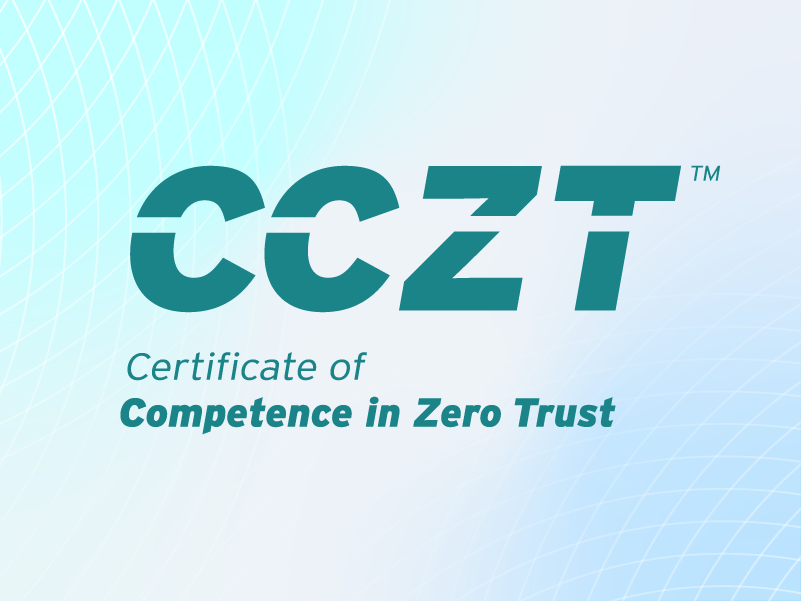How to Secure and Manage Virtualized IT Environments the Right Way
Published 08/13/2025
Originally published by Reemo.
Virtualization brings undeniable flexibility and scalability to IT infrastructures. However, these advantages come with significant risks if security and management practices are not modernized accordingly.
Virtualized Environments: Specific Risks to Address
While traditional security principles remain relevant, virtual environments introduce unique challenges. A compromised hypervisor can endanger all hosted resources. Weak network segmentation, misconfigured privileges, and the absence of centralized secure access create an ideal attack surface for lateral movement or privilege escalation.
Moreover, centralized infrastructure means that a single error, or intrusion, can have widespread consequences.
A Modern Approach to Securing Virtualized Infrastructure
To properly secure and manage virtualized environments, a shift in mindset is required. Here are five essential best practices:
- Adopt a Zero Trust Approach: No trust by default. Isolation between environments must be the default, and every session must be traceable and revocable.
- Enforce MFA and Role-Based Access Control: Always require multi-factor authentication. Rights must be precisely tailored to roles, with time-bound access when possible.
- Maintain Comprehensive and Centralized Logs: All actions must be logged, centralized, and analyzable. Without complete logs, detecting weak signals or anomalies becomes impossible.
- Use Secure and Immutable Golden Images: Deploy virtual environments from trusted, hardened base images that are verifiable and regularly updated. Avoid manual modifications and version drift.
- Ensure Constant Monitoring and Observability: Deploy tools that allow deep visibility into environments. Modern solutions should offer behavioral anomaly detection, real-time alerting, and retrospective session analysis.
Operationalizing Secure Access in Virtual Environments
To make virtual infrastructure truly manageable and secure, centralized control over access is essential. Organizations should aim to:
- Eliminate network exposure by avoiding VPNs, open ports, or public IPs when accessing virtual machines
- Enforce granular access policies, including multi-factor authentication, scheduling, IP filtering, and least-privilege defaults
- Manage all virtual endpoints, cloud or on-prem, from an unified interface, to reduce complexity and improve oversight
- Automate provisioning directly from your secure access platform
These principles ensure that virtual environments remain agile while meeting the highest standards of security and governance. Virtual workstations, like any critical asset, must be treated as such: isolated, observable, and strictly controlled.
Related Resources



Unlock Cloud Security Insights
Subscribe to our newsletter for the latest expert trends and updates
Related Articles:
The Internet is a Single Point of Failure
Published: 11/21/2025
It’s Time to Make Cloud Threat Modeling Continuous
Published: 11/20/2025
SSCF v1.0: The Standard That Simplifies SaaS Security
Published: 11/19/2025



.jpeg)
.jpeg)
.jpeg)
.jpeg)